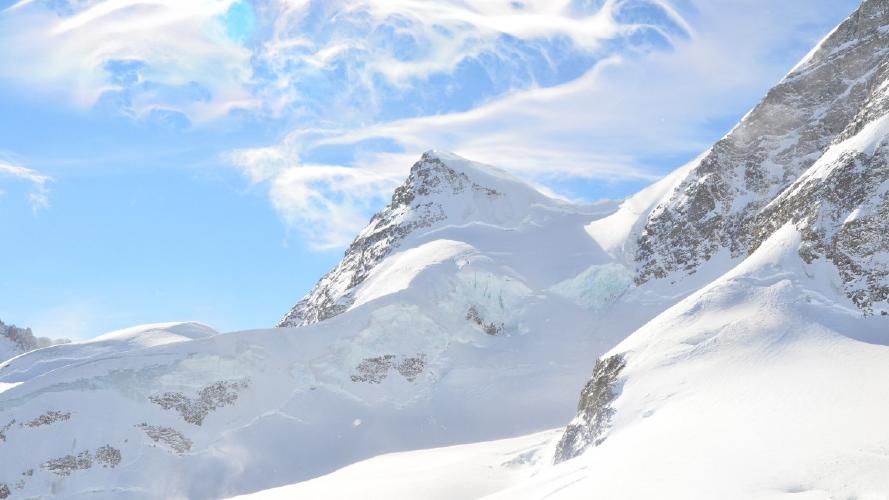Exploring the Rich Diversity of Polynesian Cultures: A Journey through Pacific Islands
Polynesia, as the name suggests, signifies a vast region of islands in the Pacific Ocean, including Hawaii, Samoa, Tahiti, and many others. Despite being geographically dispersed, these islands share a common heritage of rich cultural diversity. Let’s take a journey through these Pacific islands and explore their unique and fascinating culture.
The Origins of Polynesia
Polynesia’s history dates back to more than 3000 years. Researchers believe that Polynesians arrived in the Pacific from Southeast Asia and gradually migrated to different parts of the islands. Their culture was further influenced by the interactions with the indigenous populations already present on these islands.
The Culture and Traditions of Polynesia
The Polynesian culture is renowned for its music, dance, and art. Each island has its unique style of music and dance, but they share some common features, including the use of live music and rhythmic movements that tell a story. Hula, the dance form originating from Hawaii that portrays the myths and legends of the island, is one of the most popular forms of Polynesian dance.
The art of Polynesia is characterized by intricate tattoos, wood carving, and weaving. Polynesian tattoos are renowned worldwide for their intricate designs, which often portray a person’s heritage.
Food is another critical aspect of Polynesian culture, and each island has its unique cuisine. The Hawaiian diet revolves around fish, fruits, and taro root, while Samoan cuisine features seafood and coconut-derived products. Taro and coconut are common ingredients across all the Pacific islands, and taro, in particular, holds cultural importance as a staple food.
The Rich History of Polynesia
Polynesian history is replete with myths, legends, and historical events. The arrival of Captain James Cook in the late 1700s introduced Polynesia to European influence, which subsequently led to colonization. The Pacific War, fought between Allied powers and Japan during World War II, had a profound impact on the region and its people.
Polynesian communities also have a rich tradition of seafaring. The double-hulled voyaging canoe, or waka, was a crucial advancement in Polynesian seafaring technology, enabling them to navigate vast expanses of the ocean.
The Importance of Polynesian Culture Today
Despite the challenges of colonization, commercialization, and globalization, Polynesians have preserved their culture, which continues to thrive even today. Polynesian cultural festivals are popular worldwide, and many people travel to the Pacific islands to witness the diverse traditions, customs, and practices.
In conclusion, Polynesia’s rich cultural heritage is a testament to the resilience of its people. Its cultural diversity has been shaped by thousands of years of migration, interaction, and adaptation. The Polynesian culture, with its music, dance, art, cuisine, and history, offers a unique insight into the colorful world of Pacific islanders.
(Note: Do you have knowledge or insights to share? Unlock new opportunities and expand your reach by joining our authors team. Click Registration to join us and share your expertise with our readers.)
Speech tips:
Please note that any statements involving politics will not be approved.
